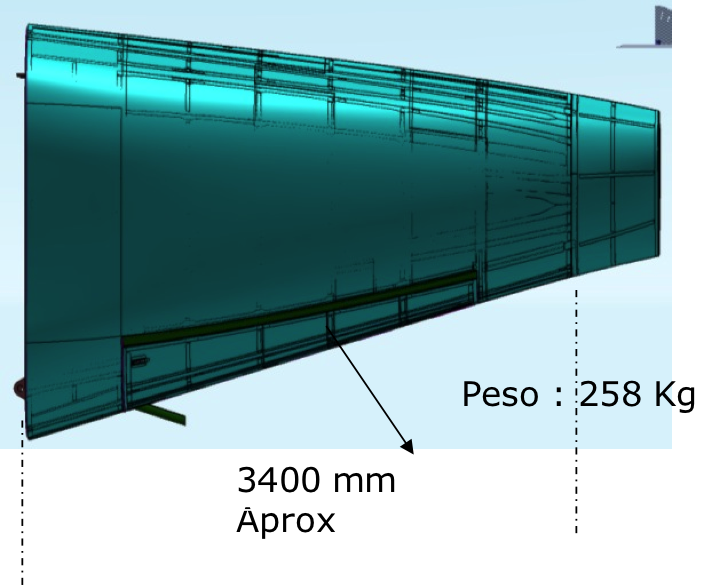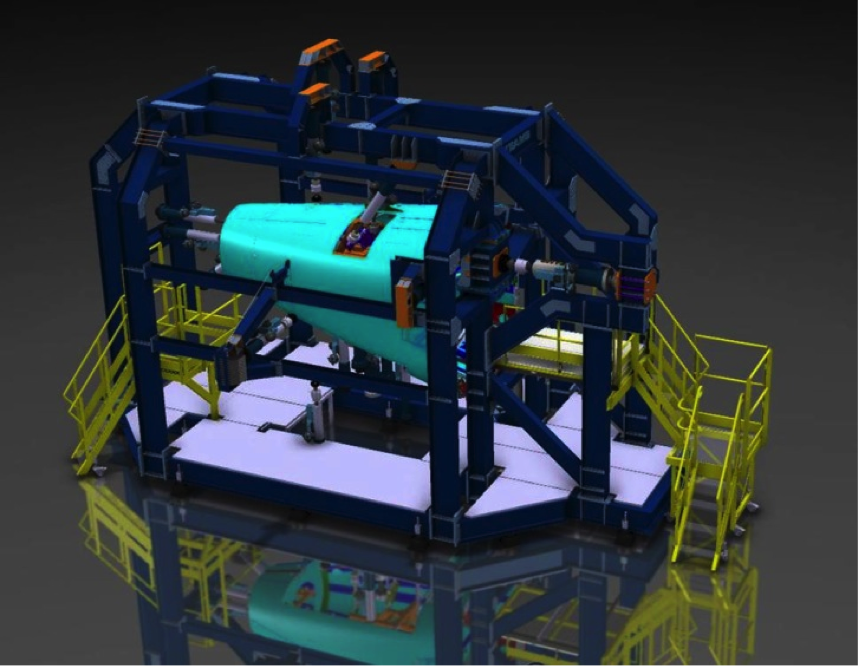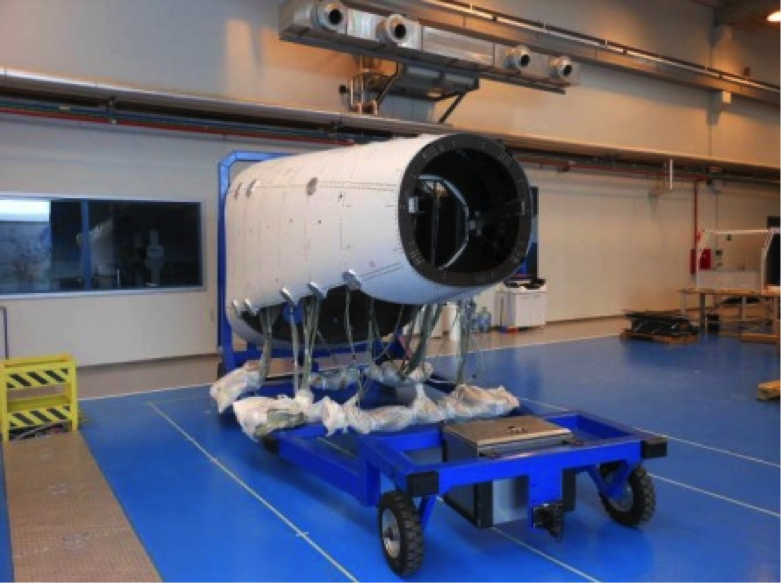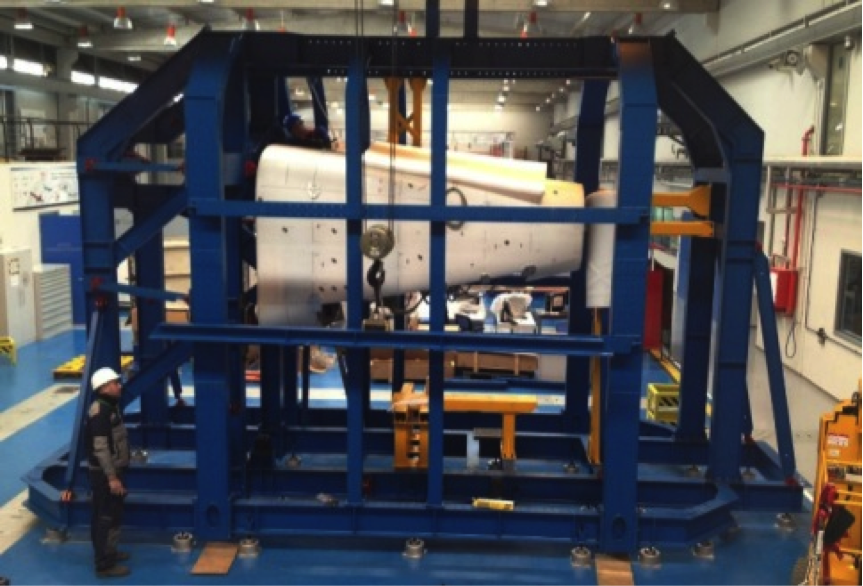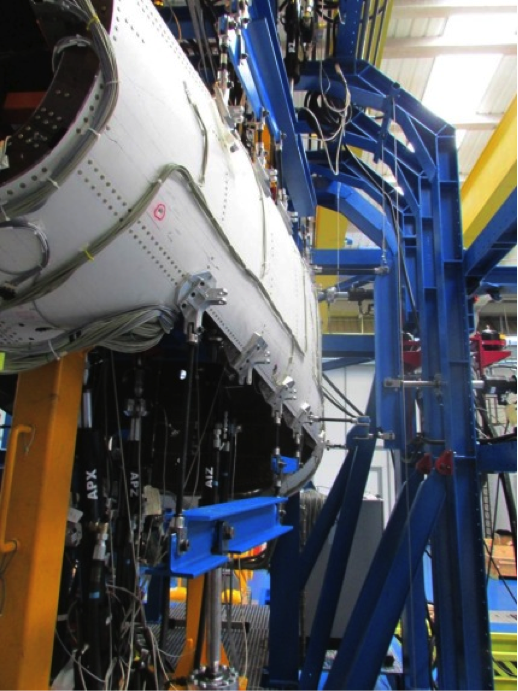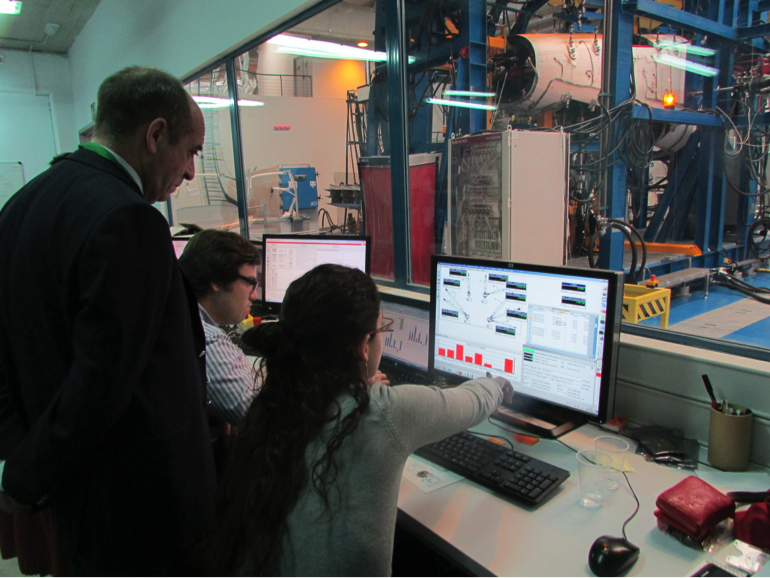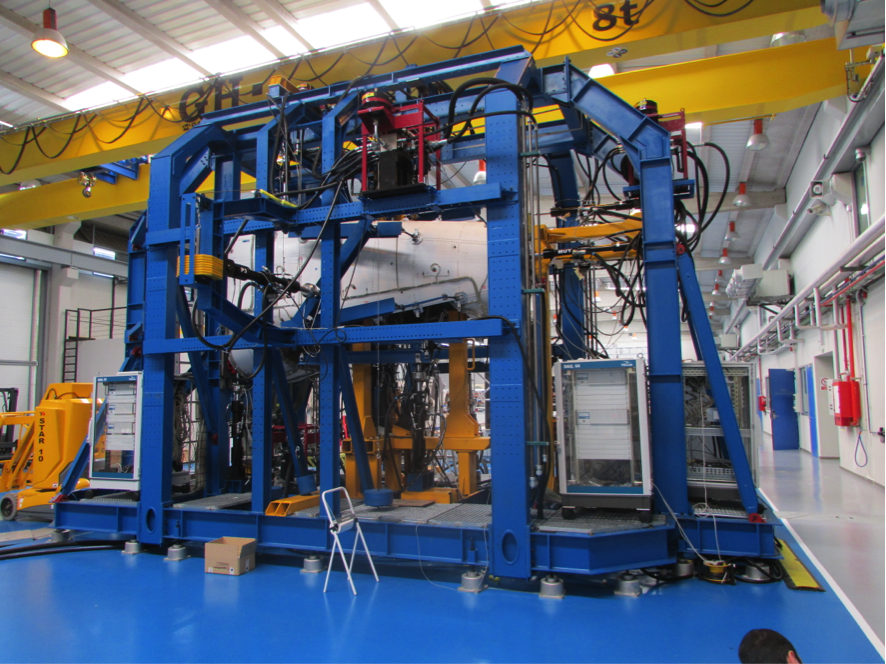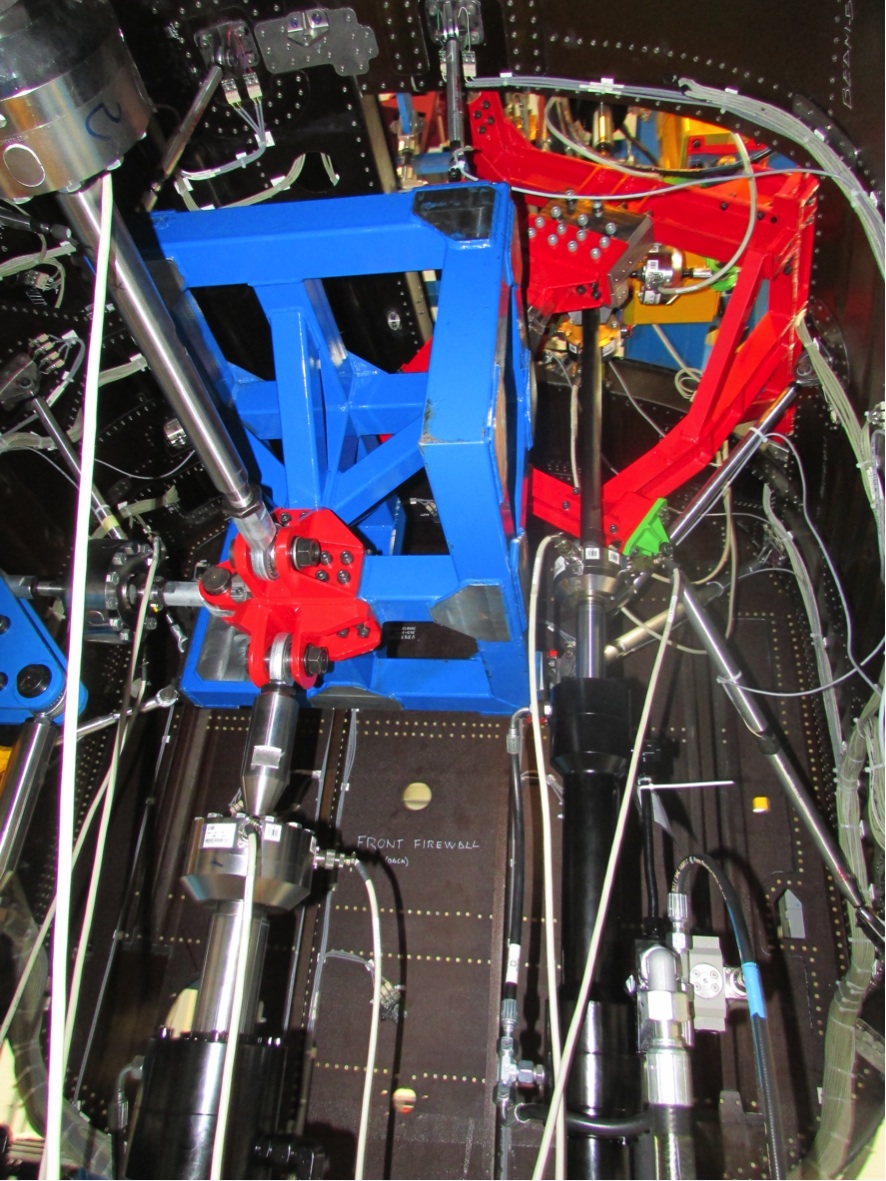Full Scale Test of Section 19.1 of the Airbus A350
Date
Brief relate
In 2006, the professors of the Elasticity and Resistance of Materials Group of the Higher Technical School of Engineering, Federico París and José Cañas, created the Spin-Off TEAMS (Testing and Engineering of Aeronautical Materials and Structures). TEAMS is located in the Aerópolis Aeronautical Park and was born as a technology-based company with a clear commitment to everything that represents the definition, development and improvement in the field of experimental analysis and with a commitment to invest and promote R&D in this field. Among the objectives set is to contribute to the development of the aeronautical company in the fields of materials engineering and structural analysis.
TEAMS was one of only 4 laboratories recognized by AIRBUS in Europe for carrying out tests on aeronautical materials and components for levels 5, 4 and 3. It was certified by EADS-MTAD and by Boeing and had NADPCAP, ISO 9001, ISO 9100 and ISO 14001.
Since its founding until 2018, where it became part of the multinational ELEMENT, TEAMS received numerous recognitions, including:
-1st Prize of the IV Business Initiatives Contest in the created companies modality awarded by the University of Seville, 2009.
-Award for the most innovative business action linked to the University awarded by Diario 5 Días in the 2009 call.
- Award from the Spanish Scientific Association, 2015.
Among the numerous works carried out in the 12 years, the certification test of the S19.1 of the Airbus A350 stands out. It was the first time that this certification test was carried out.
The work carried out was carried out between March 2013 and December 2016. Personnel from both the Elasticity and Strength of Materials Group of AICIA and TEAMS participated in it and it constituted a technological challenge since it was not only the first time that carried out a test on this component but it was also the first time that a certification test on an aeronautical structure was carried out in our community.
Some data to highlight from the test:
- 1200 acquisition channels
- 19 Hydraulic actuators
- Loading trees
- Systems simulation
- Load range between 70 and 10 KN
Once the Test Rig was designed and built, how both static and fatigue loads would be applied and the entire acquisition and control system was fine-tuned, the tests were carried out in the following phases:
- Static test. Ultimate Load (UL) = 1.5 Limit Load (LL)
- Compound Fatigue (No Damage Progression)
- Static tests. UL = 1.5LL
- Replacement of metal parts
- Metal fatigue. (Non-appearance of damage)
- Static tests. UL = 1.5LL
- Damage Tolerance

